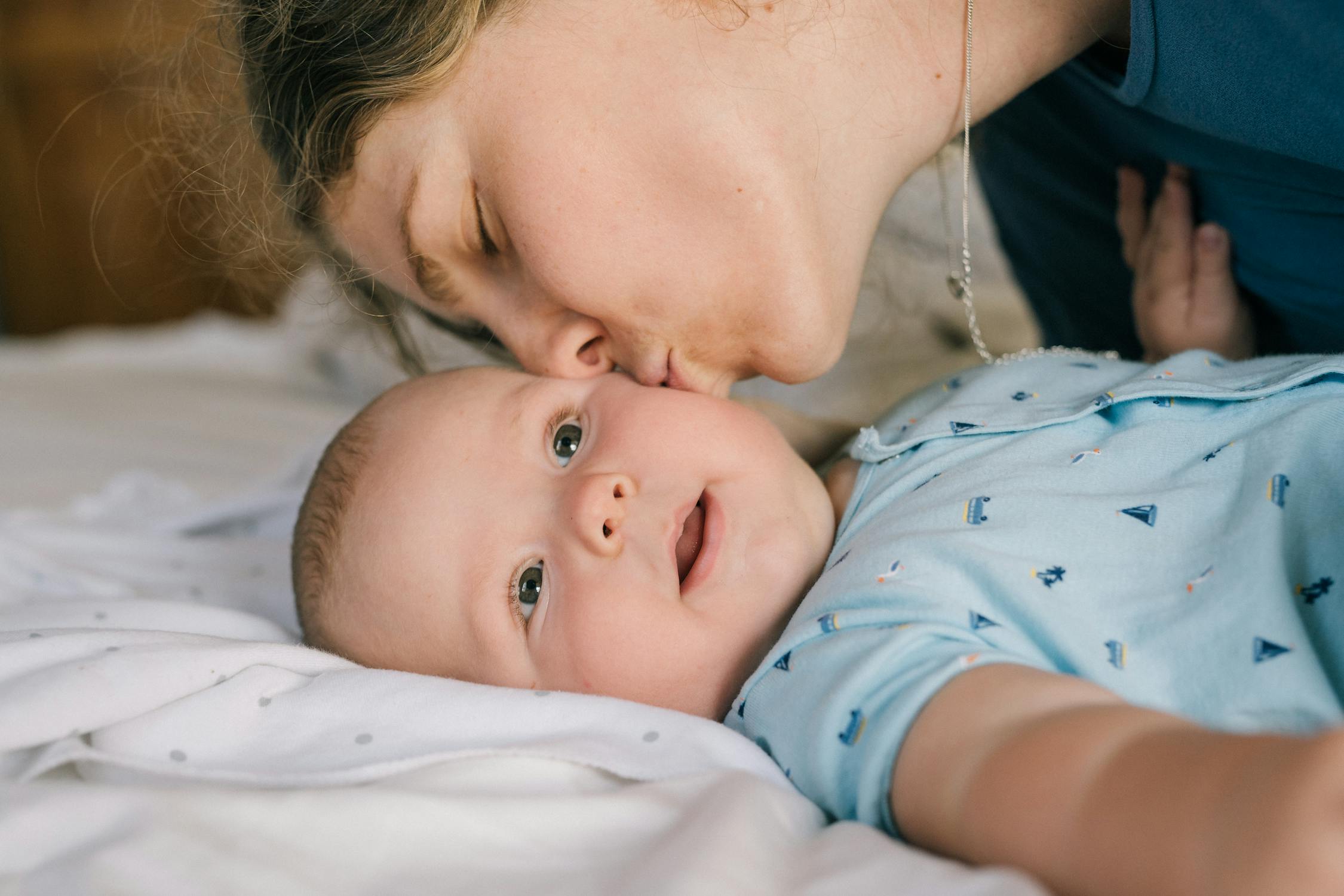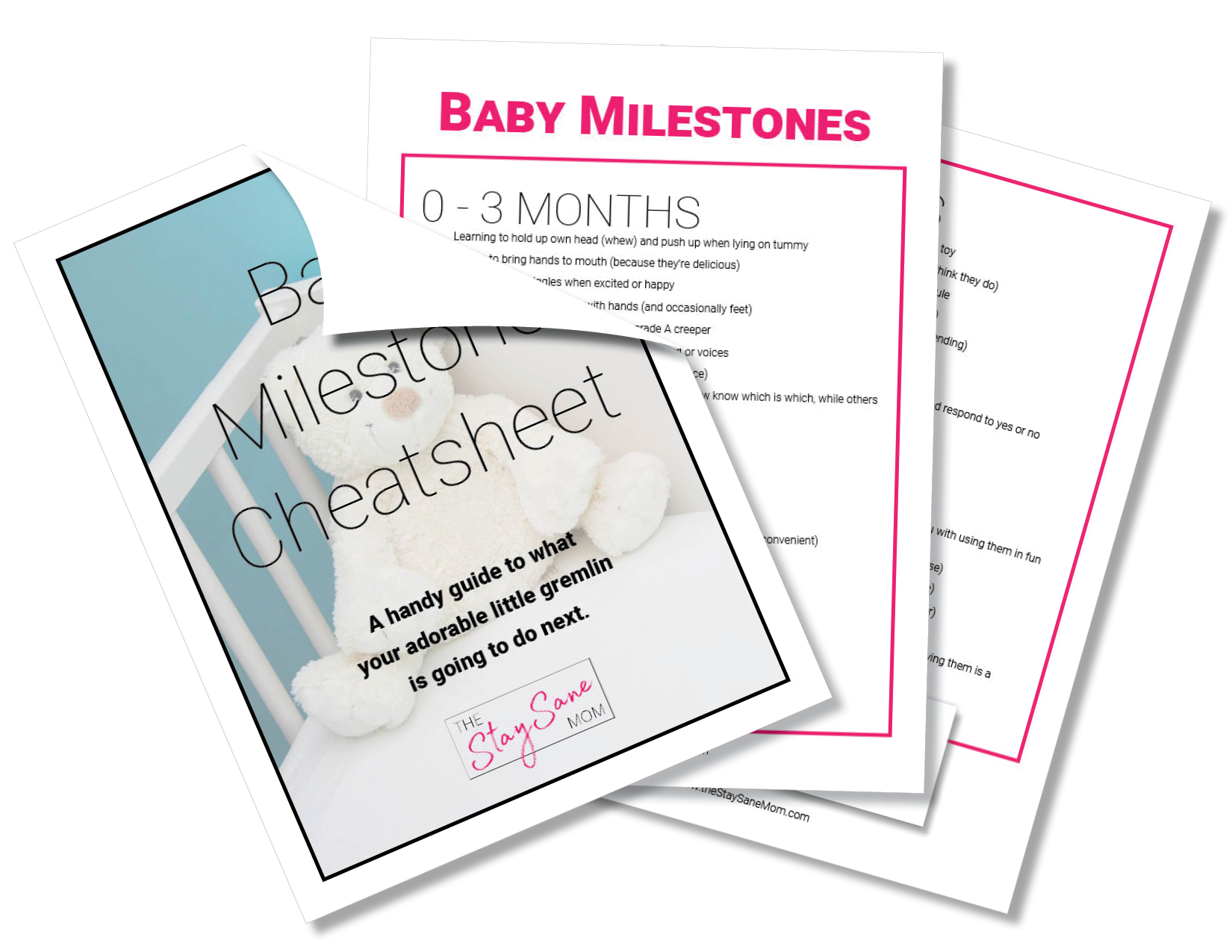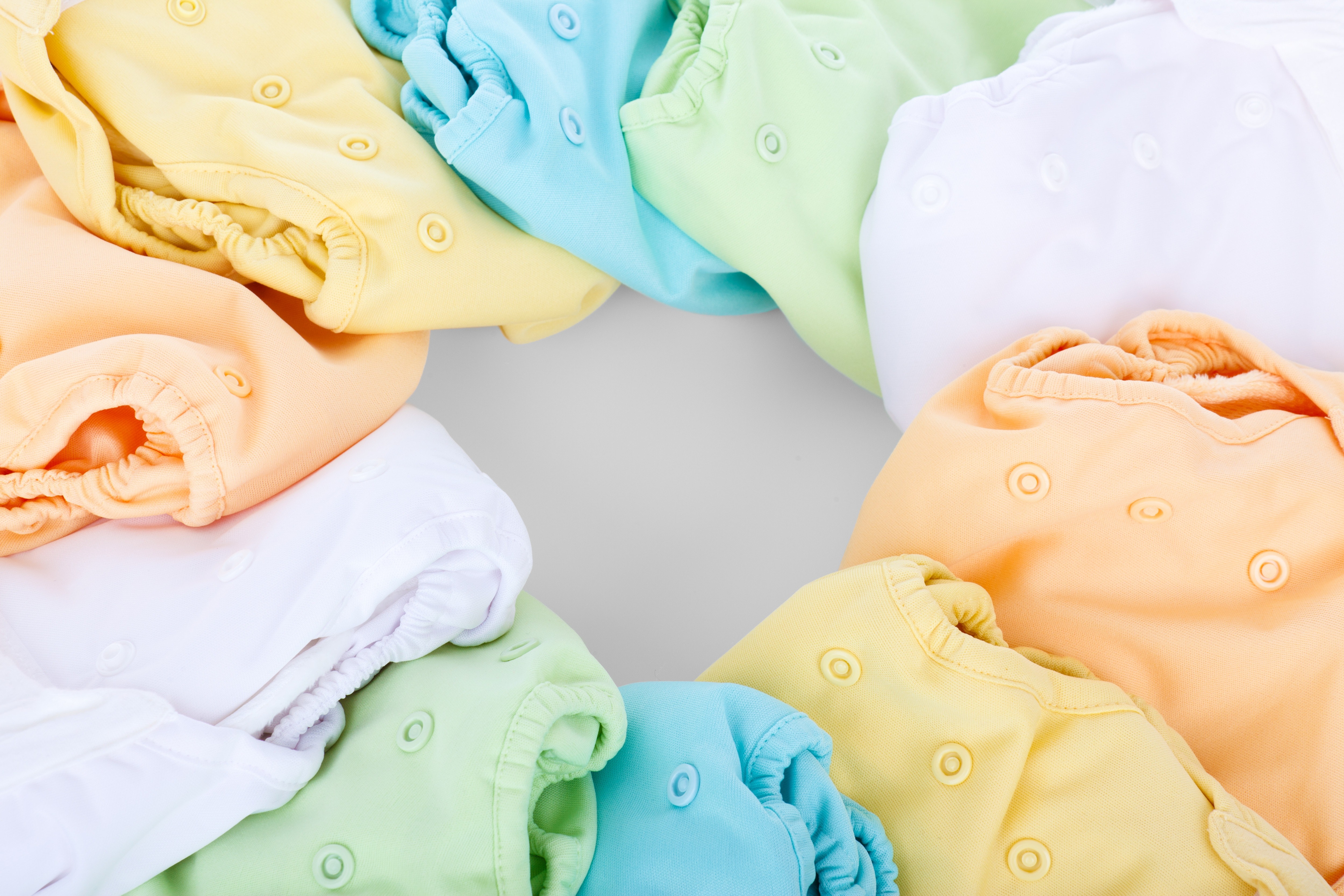Can You Breastfeed After a Breast Reduction?

Can You Breastfeed After a Breast Reduction?
Women who plan on having children in the future are often concerned that the procedure could impact their ability to breastfeed their child.
Written by Dr. Daniel Maman | See Comments | Updated 02/16/2023
Want to cut to the chase?
Baby Milestone Cheatsheet

Can You Breastfeed After a Breast Reduction?
This post contains some affiliate links for your convenience. Click here to read my full disclosure policy.
Women who experience macromastia, or unusually large breasts, often suffer from chronic back, neck, and shoulder pain, in addition to heightened feelings of self-consciousness. For these patients, a breast reduction procedure can significantly improve overall health, including making increased activity more comfortable.
Women who plan on having children in the future are often concerned that the procedure could impact their ability to breastfeed their child.
In short, while it is usually still possible to breastfeed after a breast reduction procedure, there are also some important caveats. A patient should plan on discussing breastfeeding with a board-certified plastic surgeon during their initial consultation.
Discuss Breastfeeding with Your Plastic Surgeon
A breast reduction surgery, also known as a reduction mammaplasty, is a highly personalized plastic surgery procedure. During a breast reduction, excess breast tissue is removed to reduce the size of the breast.
Depending on the individual patient’s anatomy and goals, the plastic surgeon may use a range of techniques, including different incision and suture types.
If a patient would like to be able to breastfeed after the procedure, it is important that she communicate this in the consultation with the plastic surgeon.
As long as the nipple-areolar complex is not disrupted, patients should expect to be able to breastfeed following a breast reduction. However, a skilled plastic surgeon can take additional care to preserve the blood supply, nerves, and milk ducts in the area around the areola if they know the patient wishes to breastfeed in the future.
When can you breastfeed after a breast reduction?
It is generally recommended that patients wait at least three months before trying to get pregnant after a breast reduction. This window gives the body a chance to heal and helps ensure the desired results from the surgery are achieved.
Changes in breast size with pregnancy
A breast reduction procedure is intended to be a permanent surgery.
However, patients may find that significant fluctuations in weight and breast size during pregnancy can alter the aesthetic results of the procedure. These changes may require potential revisions following the initial surgery.
Potential fluctuations in breast size are important for the patient to be mindful of when going into surgery. This is not necessarily a reason to postpone the procedure, particularly if the patient experiences muscular fatigue in the back and shoulders that:
-
Increases the curvature of the spine
-
Compresses the nerves of the thoracic spine
-
Stresses the erector spinae muscles responsible for straightening the back
The negative impacts of poor posture can compact over the course of a lifetime. For this reason, getting a breast reduction at a young age can lead to significant health benefits for many patients.
Steps to Safely Breastfeed after a Breast Reduction
In addition to discussing their desire to breastfeed during the consultation with the plastic surgeon, patients can take additional steps to help achieve their breastfeeding goals.
Before Delivery
It is always a good idea for patients to share their medical history with any healthcare professionals providing care during pregnancy and delivery.
Additionally, all women who intend to breastfeed—not just those who have had a breast reduction—can benefit from taking a breastfeeding class or reading a book on breastfeeding to understand the process better.
It can also be helpful to proactively learn about breastfeeding resources, should the need arise. There should also be board-certified lactation consultants who can provide breastfeeding support at the hospital.
After Delivery
Skin-to-skin contact between mother and baby, also known as kangaroo care, can be helpful in increasing milk supply, particularly if it occurs soon after delivery. Beginning to nurse as soon as possible after delivery also helps improve milk production.
All women seeking to improve milk production are encouraged to nurse frequently and switch breasts during each feeding. Switching helps promote greater milk production from each breast.
Using a hospital-grade double-electric breast pump for fifteen minutes after daytime feedings can also help improve milk production. It is important to wait until after your milk supply has regulated between 6-12 weeks postpartum—incorporating pumping into your breastfeeding routine too early can risk creating an oversupply.
Finally, regardless of medical history, many women find it helpful to schedule a consultation with a lactation consultant after being discharged from the hospital. The lactation consultant can observe the baby’s feeding and latch and answer any questions.
Consult Your Plastic Surgeon for Additional Questions
The right approach for a patient seeking a breast reduction must be determined on a case-by-case basis in consultation with a board-certified plastic surgeon. Patients who wish to breastfeed after a breast reduction procedure should discuss their goals with a plastic surgeon.
Additionally, if patients have any other questions or concerns, the consultation is the right time to bring them up. This may include questions about nipple sensation or combining a breast reduction with another procedure.
A consultation lays the foundation for the plastic surgeon and patient to decide on the approach that best fits the patient’s individual goals.
Start Your Next Step
Baby Milestone Cheatsheet

Get Sanity, Delivered to Your Inbox.
Care to Share?
About the Author
Dr. Daniel Maman
Contributor






